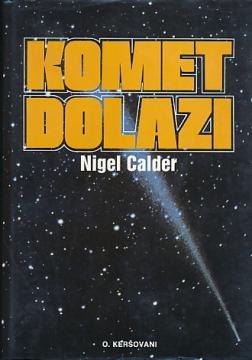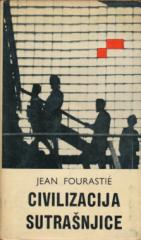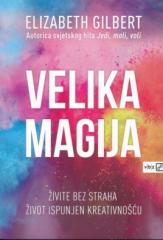
Komet dolazi: Uzbudljivo nasljeđe Edmonda Halleyja
The book explores the fascinating world of comets, with a focus on Halley's Comet, whose return in 1986 served as the impetus for the book. Calder explores the history of man's relationship with comets, from ancient myths to modern science.
The book traces the development of astronomy, especially the contribution of Edmond Halley, who was the first to correctly predict the periodic appearance of comets. The author describes comets as cosmic travelers traveling at speeds faster than spaceships, with shining heads and rocket-like tails. He explains in detail their origin in the mythical Oort cloud, their structure (a dirty snowball), their trajectories, and their role in history, including theories about their influence on the extinction of the dinosaurs. Calder connects comets to cultural and scientific upheavals, such as their influence on religion, art, and science.
The book is lavishly illustrated with black-and-white and color photographs, and includes a bibliography and chronological overview. The writing is engaging and accessible, blending scientific facts with historical anecdotes. Calder emphasizes the excitement surrounding Halley's Comet, visible to the naked eye in late 1985, making the book a kind of ode to scientific discovery and human curiosity.
Two copies are available
Copy number 2
- A message of a personal nature





